All products featured are independently chosen by us. However, SoundGuys may receive a commission on orders placed through its retail links. See our ethics statement.
A guide to hearables and the advent of Headphone 3.0
Published onNovember 25, 2022
Hearing loss is a critical public health issue that impacts the ability of millions to communicate effectively in everyday social interactions. This year, the US Food and Drug Administration (FDA) finalized the ruling allowing the sale of over-the-counter (OTC) hearing aids, finally providing clarity on what kinds of devices will be considered traditional hearing aids (medical devices) and Personal Sound Amplification Products (commonly known as PSAPs), and what will fall under the new OTC hearing aid category.
OTC hearing aids are officially defined as “certain air-conduction hearing aids intended for adults age 18 and older who have perceived mild to moderate hearing loss.” This means consumers in the US can now purchase over-the-counter hearing aids in stores or online, without a medical exam or a fitting by an audiologist. There’s now officially a new product category, and it’s going to increase access and lower costs for those needing to address hearing loss.
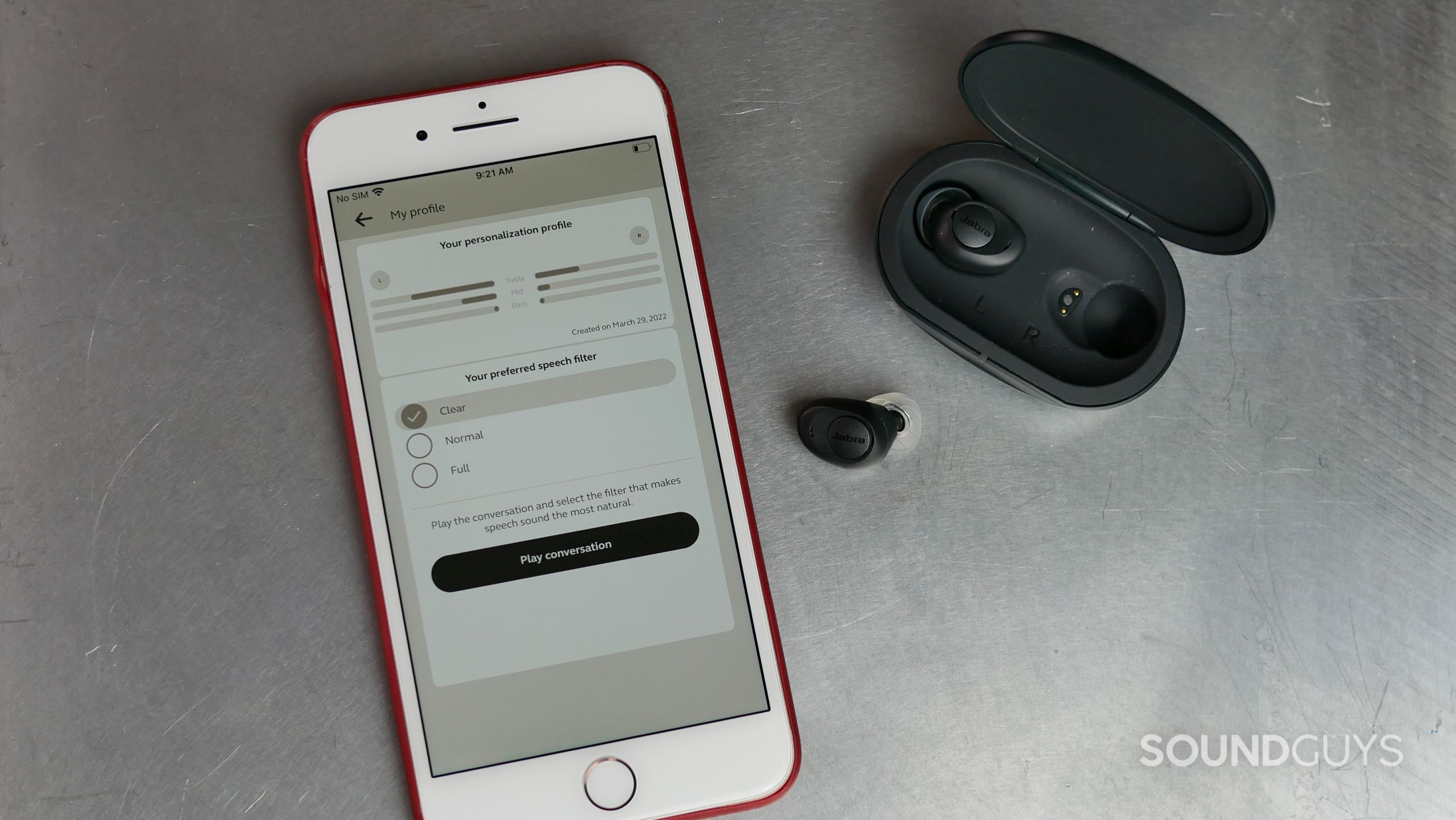
In anticipation of this ruling there was a shake up in certain sectors of the audio industry. Most notably, there was Sonova’s acquisition of Sennheiser’s consumer products division, GN Group’s strategy with Jabra and ReSound, Sony’s new collaboration with WS Audiology, and the partnership between Bose and Lexie Hearing. Even Apple has made some moves.
The Apple AirPods Pro can now function as a PSAP or hearable device, since it’s possible to upload an audiogram and adjust the transparency mode parameters to provide appropriate hearing compensation—it doesn’t quite meet the FDA requirements to qualify as an OTC hearing aid, but it’s showing some promising results in clinical trials.
These exciting developments in the realm of personal audio mean it’s a good time to look at the product category known as hearables.
What are hearables and what do they do?
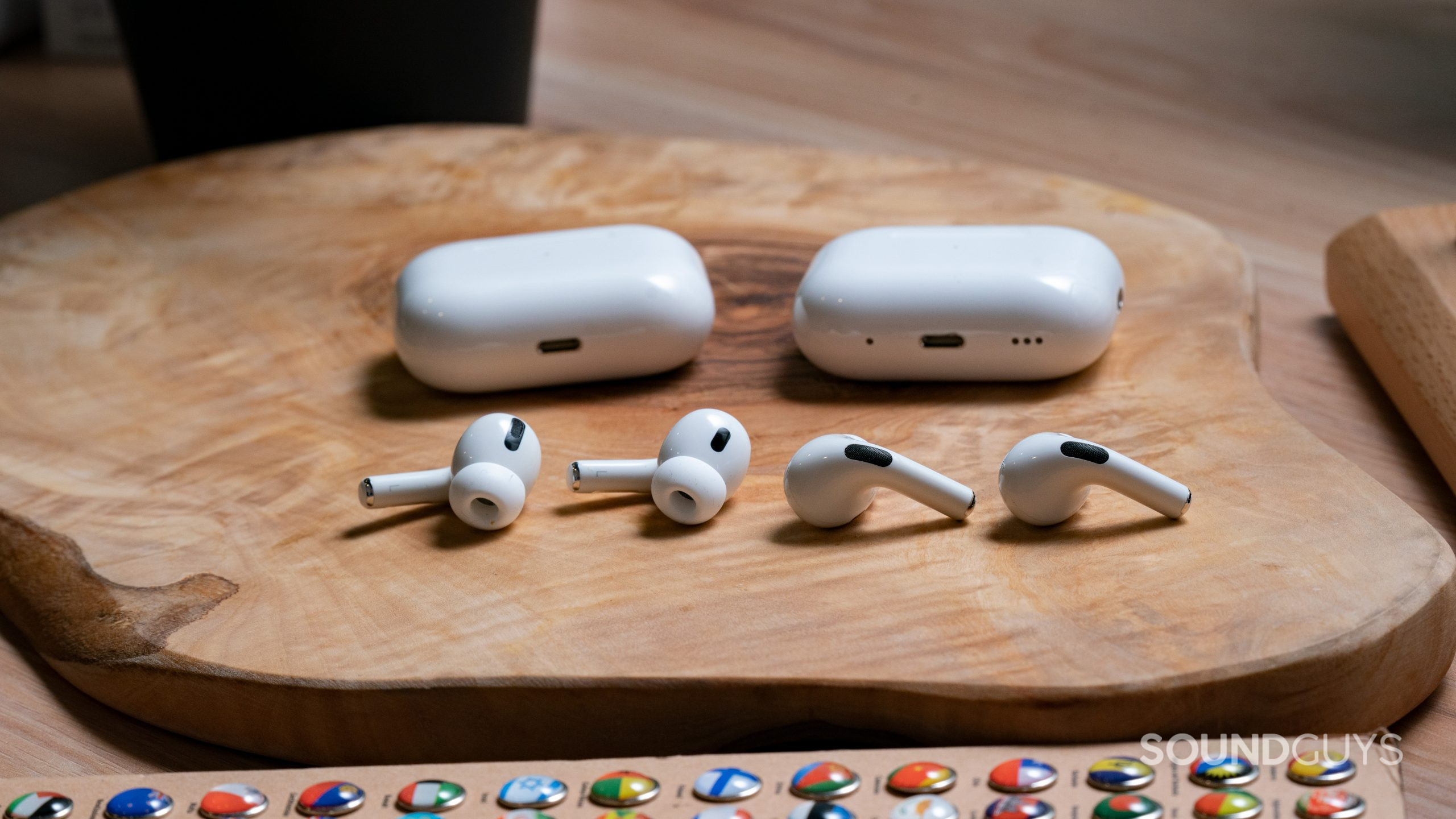
The term hearable, a portmanteau of “hearing” and “wearable” has been around since 2014. Hearable refers to ear-worn, always-on, intelligent consumer electronics devices with some kind of acoustic user interface. They are unobtrusive, enable face-to-face communication, and integrate easily into your daily life. Most people associate the term with the TWS type earbud form factor (intra-auricular devices) which have the most potential, but it could be applied to bone conduction devices, certain types of smart glasses, or potentially even audio-enabled jewelry, like earrings.
Wireless headphones evolved into hearables with the addition of smart features and functionality beyond the scope of traditional personal audio products. They make use of the standard headphone audio input and output transducers (microphones and microspeakers respectively), conventional switches, or capacitive touch based input devices, as well as the onboard wireless and DSP capabilities. But hearables are more than just smart headphones that can play music or let you have a conversation over Bluetooth. Hearables have multiple applications, which might include audio-based information services, health monitoring, hearing health and protection, and many others. The biggest opportunity for hearables is in using the audio signal processing to improve hearing.
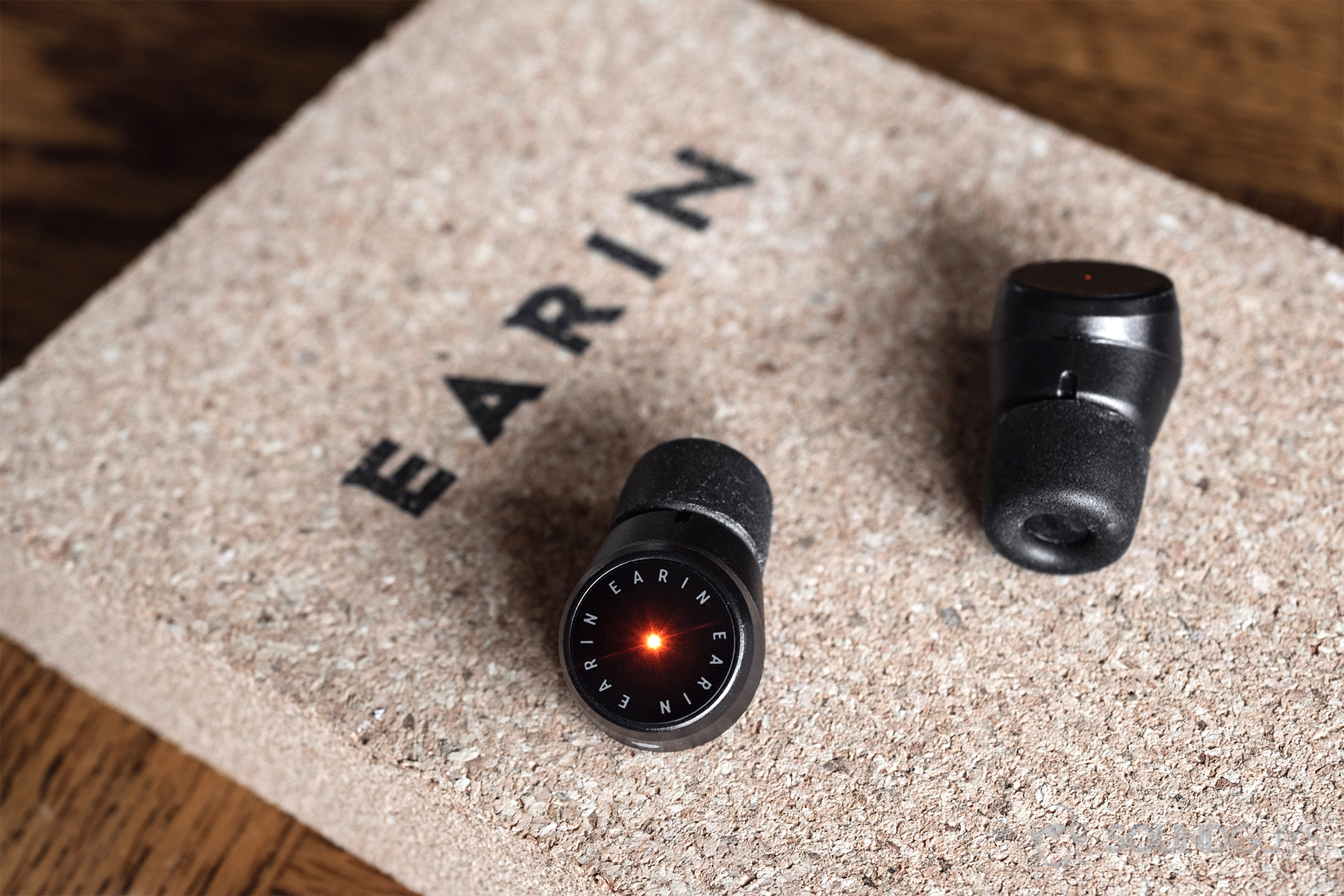
Hearables include self-fitting technology to ensure performance is matched to your individual ears. They rely on and work in conjunction with voice-enabled virtual assistants that can provide real-time responses or access other apps. Added hardware like gyroscopes, movement, proximity, heat and light sensors, skin detectors or other biometric interfaces might be included to gather information about the environment, location, and the wearer’s current state, activities, and even mood.
Simultaneously, hearing aid companies have been adding new features to their products, since they recognized that users want products that do more than correct for hearing loss by amplifying sound. They’ve also been working on wireless technology for years. Added features like smartphone syncing and audio streaming can transform these devices into hearables as well, allowing users to control volume and EQ parameters from their smartphones, as well as take phone calls, stream music, and more, with their hearing aids.
What are the benefits of hearables?
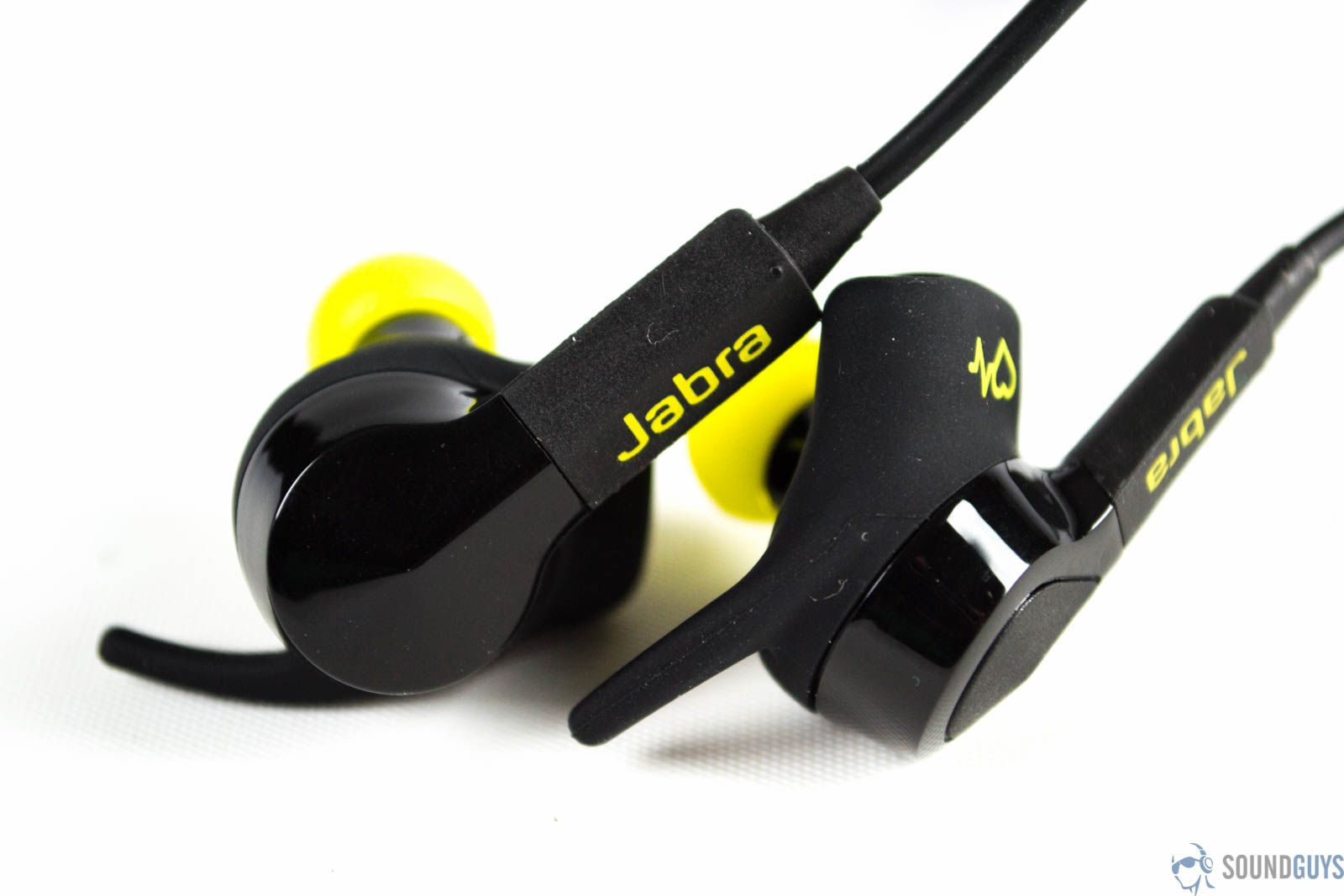
Hearable technology means a wealth of new features you might not have considered. The possibilities for in-ear technology go far beyond current wireless earbuds. There are lots of ways in which these technologies might benefit you.
Simple earbuds like the Jabra Sport Pulse function as both in-ear activity trackers and heart rate monitors, but more is possible. Hearables are well positioned to compete with wristbands and other wearables as health monitors, since the ear is an excellent place to measure many vital signs. Unlike the wrist, the ear is also relatively stationary, making it easier to take accurate measurements. This can make it more reliable for things like heart rate and cadence, blood pressure, temperature, and pulse oximetry. The ear can even provide a useful site for electrocardiogram (ECG) measurement.
Other potential applications include fall and accident detection (alerting emergency services), virtual personal in-ear assistants that can help recall details from your conversations, real time translation services (think the Babel Fish from The Hitchhiker’s Guide to The Galaxy), and advanced activity trackers. One of the most obvious applications for earbuds is as next-gen hearing aids to improve mild-to-moderate hearing loss, which is where the demarcation of PSAPs and OTC hearing aids from medical devices comes in. Adding on to this, hearables can not just compensate for hearing deficiencies, but also enhance our hearing in useful ways.
Can hearables enhance hearing?
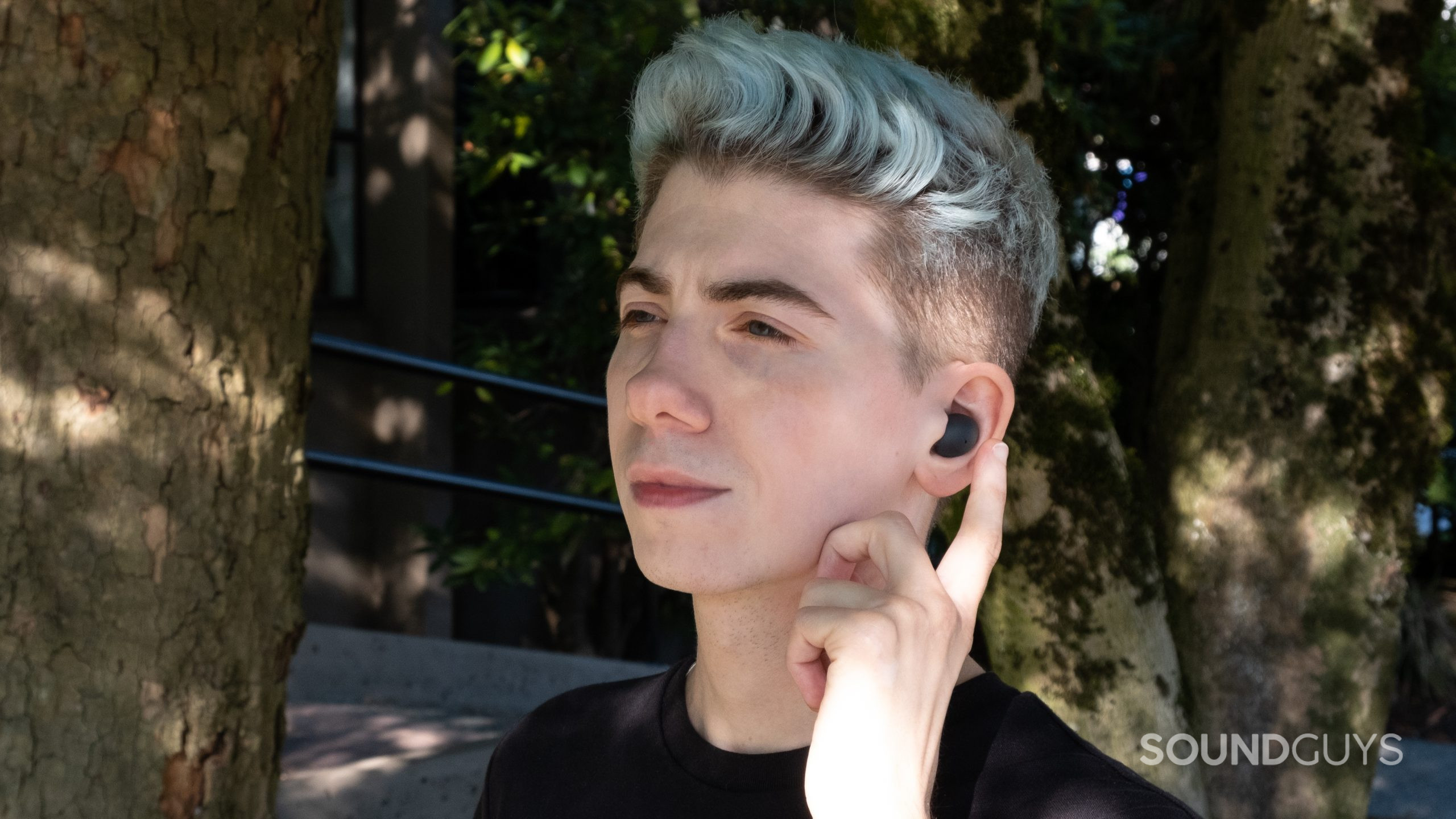
While they may be marketed as devices that can help you hear better in crowded public spaces, noisy restaurants, or even at home simply watching television, PSAPs shouldn’t be mistaken for hearing aids. PSAPs don’t compensate for specific hearing loss, and while over-the-counter hearing aids do require FDA approval, they are not the same as traditional, medical hearing aids—they’re only intended for adults with mild-to-moderate hearing loss, not those with more severe loss.
Hearing enhancement features that benefit people with mild-to-moderate hearing loss can also be useful for everyone else. Hearing augmentation, the next big thing for hearables, is considered a consumer application, rather than a medical one. Augmentation refers to using optimized filters to isolate or boost the important things, such as speech from the person you are talking to or looking at, while reducing or eliminating environmental noises.
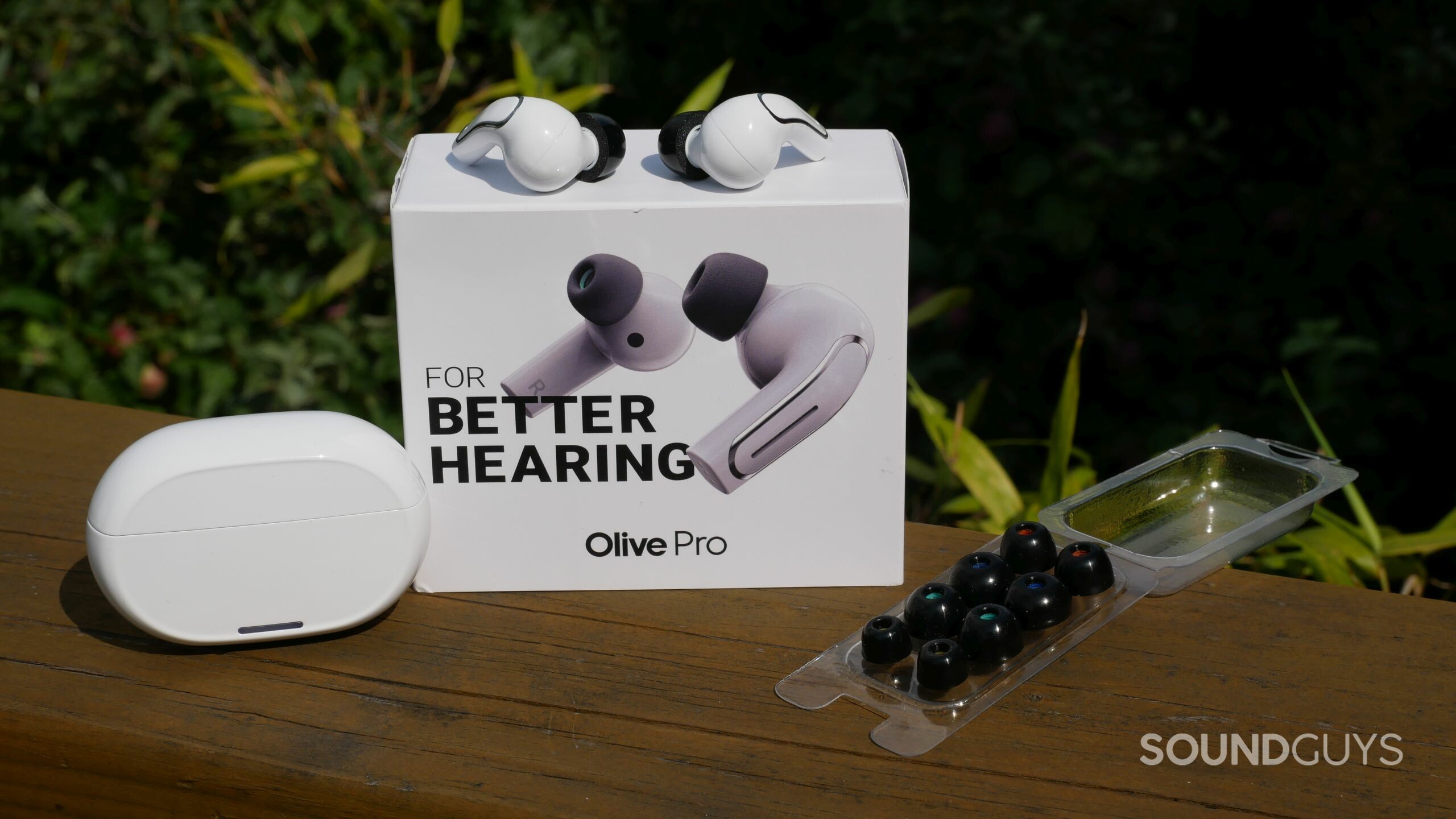
Hearables don’t need to try to be as good as prescription hearing aids—they could eventually be better for people with mild hearing loss, because you can adjust them on the fly in more ways than you can with basic hearing aids. Qualcomm, the main chipset supplier for the TWS earbud market, recently signed a partnership relationship with Jacoti–a Belgian company that develops hearing aid algorithms–which means more hearing assistance functionality is likely on the way for hearables.
Being connected to your smartphone means remote personal audiology assistance is also possible. You can filter out specific sounds or enhance others, similar to tweaking a traditional hearing aid, but done via a smartphone app. Dangerously loud sounds can be attenuated or blocked, whilst wanted sounds are allowed to pass through. “Layered listening” allows you to simultaneously blend the sounds of the real world around you with your streamed audio.
What are the downsides of hearables?
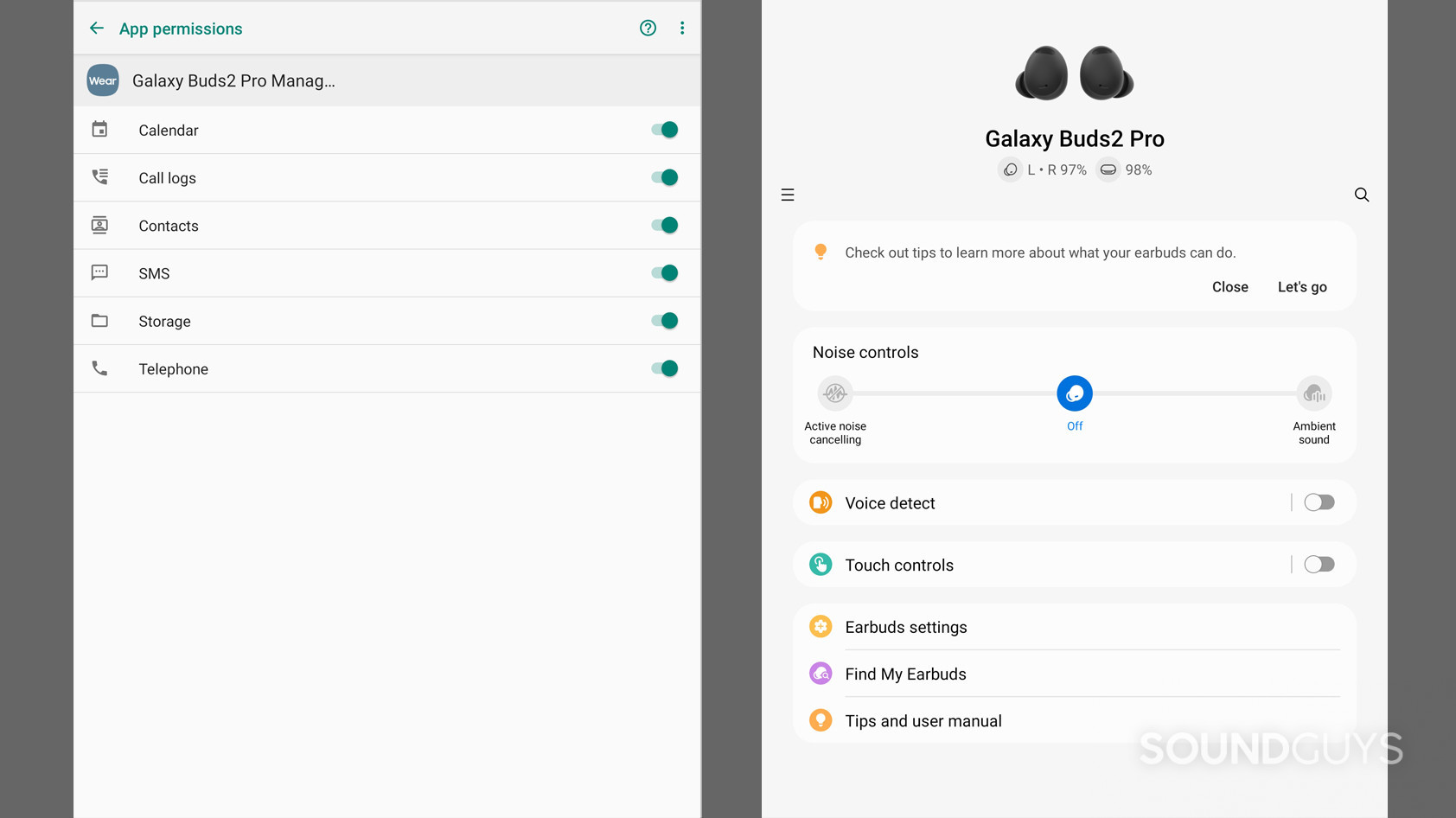
Unfortunately, this sci-fi inspired, ear worn panacea for many of our daily challenges has potential downsides too.
The first negative effect of hearables relates to an existing problem that many earbud users will no doubt already be familiar with, from having objects lodged in the ear canals for hours at a time. Namely, the occlusion effect, and the fatigue—or even pain, for some—that results from using IEMs or earbuds over long periods of time needs consideration. There are also issues related to the trapped heat and moisture, which can be conducive to bacterial growth and infection. There isn’t currently a good solution, besides limiting how long you use your hearables, though the capacity of the tiny batteries used to power the hearables will probably impose limits anyway.
The second downside is that the enormous amount of data that hearables collect about you all the time is likely to be passed on to the hardware manufacturer and service providers when you accept the user agreements. Most people will purchase hearable devices primarily to listen to music and consume other external content. In contrast, wristbands and other types of wearables are bought and used primarily for the data they produce, and that functionality is understood. In this regard, the hearable could be seen as a trojan horse that’s sold for its audio features and enhancements, but ultimately has a lot of potential to harvest data about you for other parties.
Another potential downside is that this, like all forms of DIY healthcare, runs the risk of helping with a symptom while underlying issues persist. Hearing loss can be caused by some treatable conditions, and dealing with that would probably be preferable to using a device that helps you ignore it. It’s like self-medicating for pain—going to a doctor (or an audiologist) first can save you money and grief long-term.
What’s next for hearables?
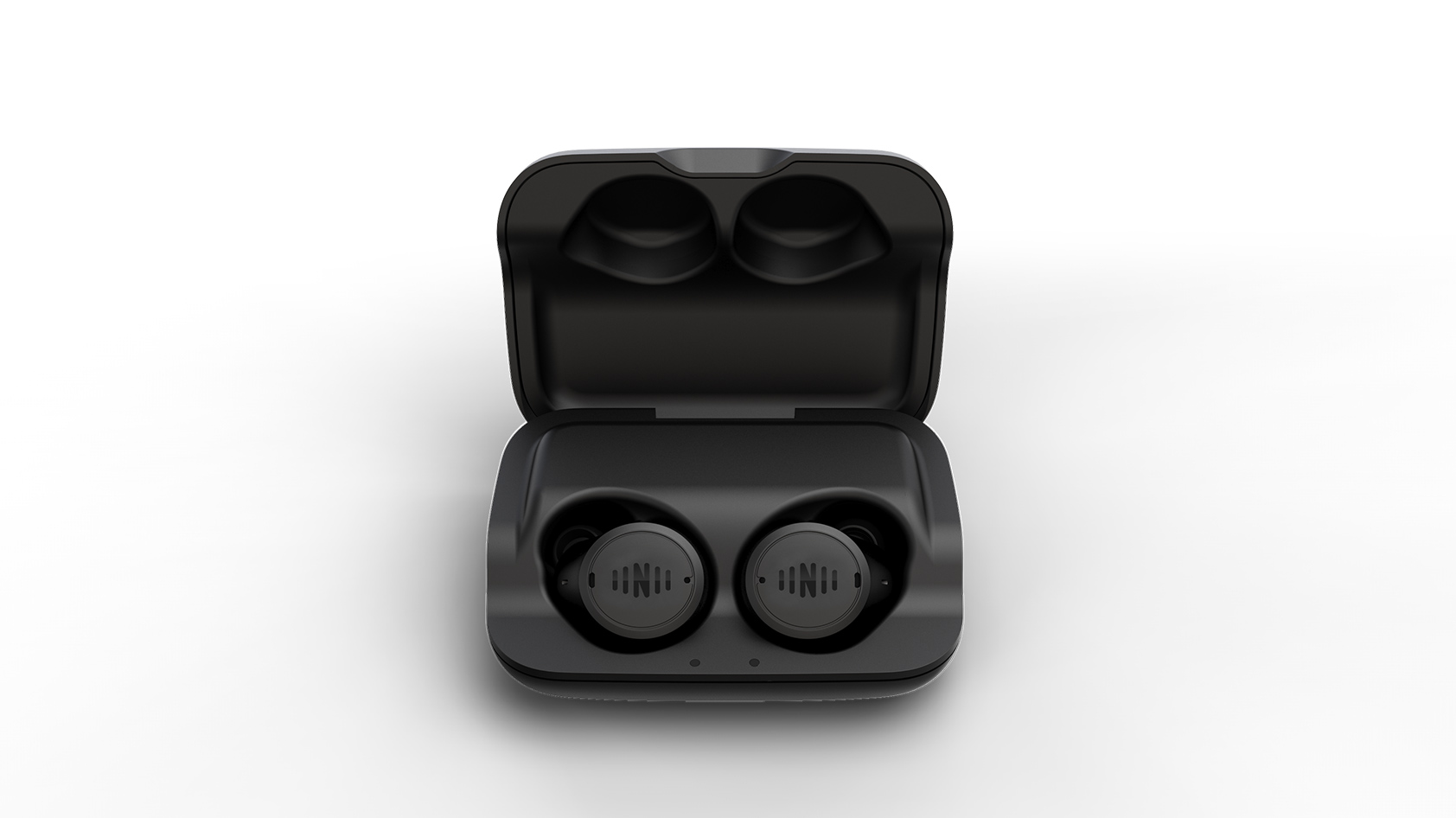
Current hearables require external processors on phones to do anything serious with data. The Bluetooth link that’s used to pass data back and forth is extremely limiting in this regard. The limited bandwidth of the Bluetooth link is the reason that we don’t yet have access to true high-resolution audio content on our wireless headphones yet. In other words, Bluetooth is the limiting factor of the current generation of personal audio, known as Headphone 2.0. (In case you’re wondering, Headphone 1.0 refers to wired headphones.)
Headphone 3.0 devices will need a higher bandwidth data connection. They will need to incorporate a CPU and local storage, with Wi-Fi or 3G connectivity. This would allow the hearable to work independently of your phone. More advanced hearable technologies will be possible as wireless data connections improve, and power requirements shrink.
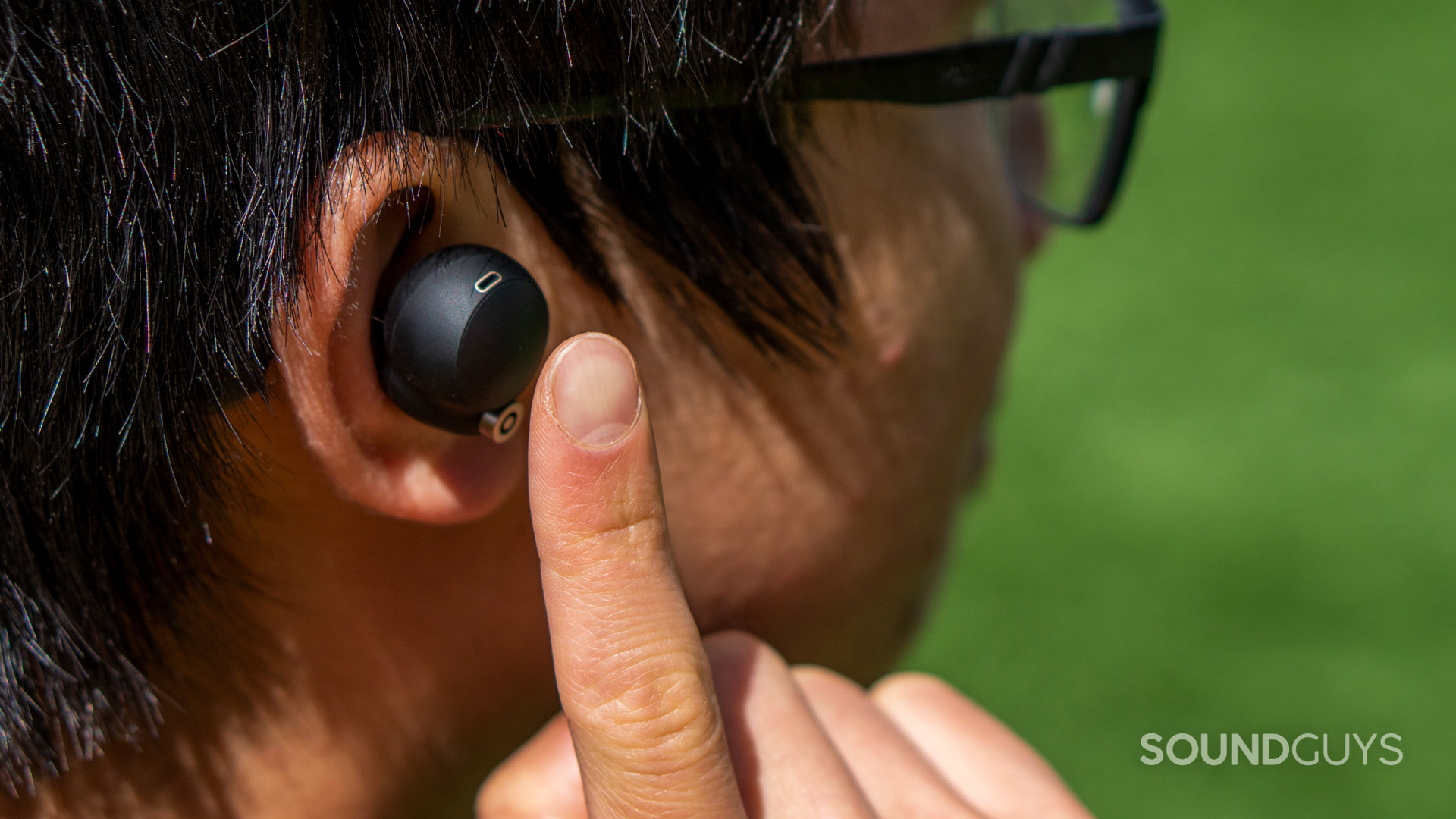
Once that happens, the smartphone will no longer be required, and all the processing will be done within the earbuds themselves. Hearables will no longer be considered phone accessories, they will essentially become ear computers. Companies like Sonical are envisioning an environment that will allow you to pick and choose hearable apps for your ear computers, in the same way you currently add apps to smartphones.
More advanced processing will bring AI-assisted tools, which could make concepts like early Parkinson’s or Alzheimer’s detection from swallowing or breath biosignals a reality. There are endless possible and ambitious future features like ear-electroencephalogram (EEG) capabilities in hearables, or even the basis of a brain-computer interface. Sounds like something to look forward to.